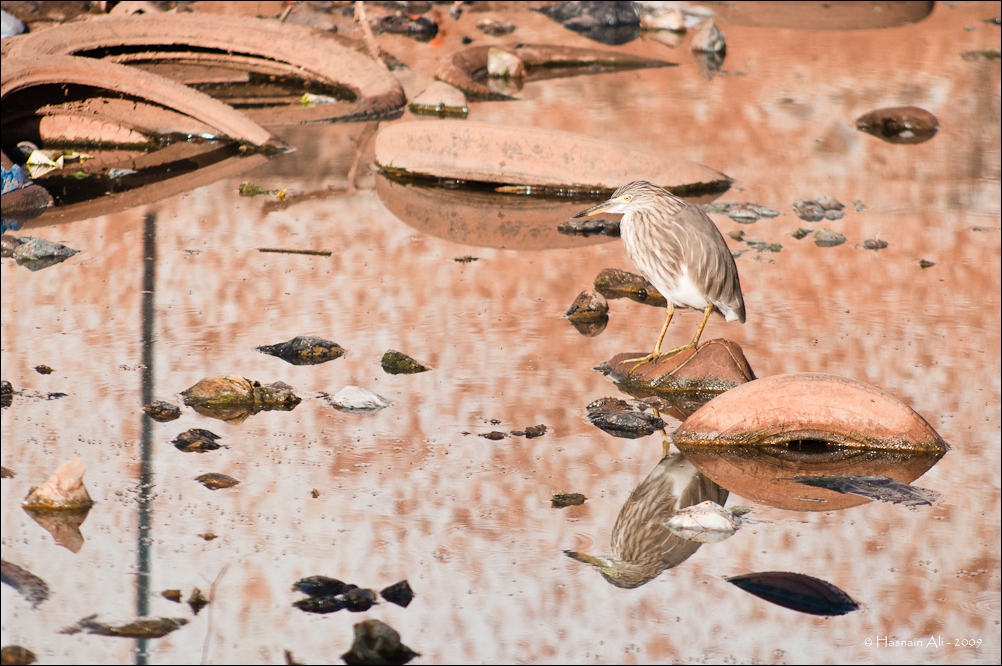
Over the past year, we’ve profiled about 60 bird guides from 35+ countries. Each of them brings unique knowledge of their own local conditions.
Now, while continuing the series as before, we add another format. In this one, instead of one guide answering many questions, many guides answer just one. Hopefully, by putting the same question to many professional birders from around the world, we will see patterns emerge. For our first post in this series, we asked
“What Conservation Challenge Most Directly Affects Birds In Your Region?”
In Hungary, in the lowland grassland areas decades ago, we had hundreds of sweet-water and alkaline lakes. By now, because of global warming and climate change, almost all of them have dried out. Extreme daily and seasonal changes (temperature, wind, etc.) are regular, and the breeding of birds is in danger. Gabor Orban, Hungary/Costa Rica
Habitat degradation due to overgrazing, agriculture & urban development (wetland loss, water scarcity, illegal trapping & hunting). Mohamed Bargache, Morocco
Habitat loss & deforestation, wetland drainage, climate change, poaching & hunting, pollution & pesticides, and infrastructure development. Magada Haily Miriam, Uganda
One of the biggest challenges comes from aggressive agriculture, especially avocado plantations that rely heavily on agrochemicals. This is often paired with greenwashing by the government and large tourism enterprises. Asherita Viajera, Colombia
By far the biggest threat to birds is their loss of habitat, which is typically facilitated by rich real estate developers working together with the government to turn all sorts of pristine habitat into concrete vomit. Faraaz Abdool, Trinidad & Tobago
Development projects in and around the Himalayas. Sometimes, government policies are not in favor of nature and wildlife. Dibyendu Ash, Sikkim, India
Habitat loss and over-development. Steven An, China
Habitat loss by deforestation. A second big issue is the illegal practice of bird trafficking and cage bird “culture”. Ernesto Reyes Mouriño and Tania Piñeiro, Cuba
Some bird species have problems with the less rain/snow here in northeastern Germany. Thus, only about 5% of the Common Cranes (Grus grus) bred successfully and then had young ones in the Uckermark region. Predators such as raccoons and raccoon dogs (neozones), as well as wild boar, eat the eggs. Small bodies of water dry out completely, ducks can no longer breed, and the amphibians disappear. The last breeding pairs of the Lesser-Spotted Eagle (Clanga pomerina) here will no longer find frogs and toads as food when they arrive from the winter quarters in Africa. Rolf Nessing, Germany
Rampant ongoing ‘development’ of industry and housing. Tom Tarrant, Australia
Corruption in government agencies around the country. Irene Dy, Philippines
Conservationists/groups don’t work together/share the same goal. Zhang Lin, China
Actually, deforestation is the big challenge here in Tanzania, especially if you look at places like the eastern arch mountains, which are full of endemic and near-endemic species. Almost 80% of the indigenous forest is cut down for timber and agriculture. Issac Kilusu, Tanzania
The conservation challenge that most directly affects the birds in my Region (Tanzania) is human population growth, deforestation for charcoal making. Furaha Amiri Mbilinyi, Tanzania
The biggest challenge for bird conservation in our area is habitat loss. With tourism booming—Goa welcomes around 5 million visitors annually despite its 1.5 million residents—and rapid growth in infrastructure, real estate, and industry, it’s putting a real strain on our natural spaces. Savio Fonseca, Goa, India
The greatest conservation challenge for Singapore is to ensure that the existing nature reserves continue to receive legal protection as the last refuges for forest and mangrove birds. In addition, sites worthy of conservation, such as Pulau Ubin, should be legally protected in view of their importance for mangrove species. Lastly, nature reserves should be enlarged where possible to ensure longer-term viability, and wildlife corridors created to facilitate faunal movement and reduce the effects of isolation. In Singapore, the greatest threat is competing land use needs, which inevitably prioritize human needs over those of wildlife. Kim Seng, Singapore
Habitat loss from encroachment and agricultural expansion remains a key threat. While Kibale itself is well protected, surrounding buffer zones face pressure, which affects forest-dependent species and migratory corridors. Ronald Twinomugisha, Uganda
Because of climate change, Finland is warming up 3 times faster than the average. This has vast implications for ecosystems, for instance, temporary wetlands that dry up faster in summer. The lack of snow makes it harder for camouflaged animals, for instance, Willow Grouse, to go unnoticed during the winter months. In addition, habitat destruction is rampant. Old-growth forests are particularly targeted, which threatens specialized species such as the Boreal Owl or Willow Tit. Samuel Bloch, Finland
One of the major conservation challenges affecting birds in my region is habitat loss caused by urbanization and agricultural expansion. This results in a decline in nesting sites and food availability for many species, especially migratory birds that rely on a range of habitats throughout the year. Rofikul Islam, India
Like many places around the world, Bonaire faces one of the great modern challenges of nature conservation: balancing development and economic opportunity for its residents with the preservation of its unique natural habitats. Striking that balance is no easy task. Over the past 15 years, Bonaire has been “discovered” — attracting more visitors and new residents than ever before. With growth comes demand for more hotels, more housing, and inevitably, less space for nature. I can only hope the island finds a sustainable middle ground before it’s too late. Susan Davis, Bonaire
It would be convenient if everyone blamed the same thing — climate change, say, or developers — but the picture that emerges here is messier. Habitat loss, yes, but for what reasons? From shrinking lakes to oversized resorts, from poachers to policies, the threats vary wildly. What unites these observations is that they all come from bird guides paying close attention to their surroundings.
Illustration: “Habitat Loss” by Hus9 is licensed under CC BY-NC 2.0.



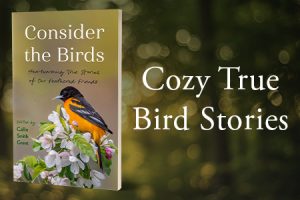


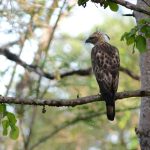
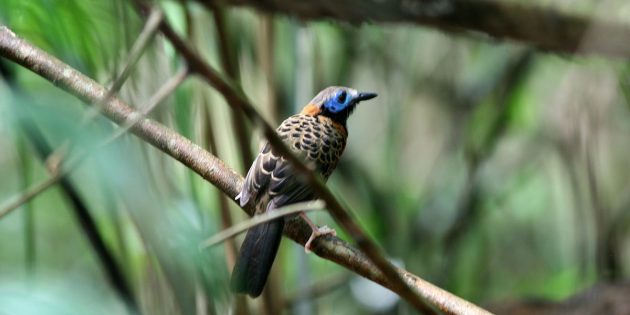
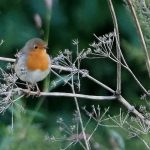
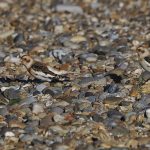
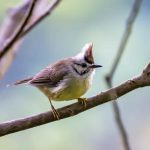
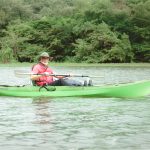
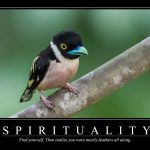
Depressing, yes, but also encouraging that there is a network of people who are tuned into the natural world, and who (hopefully) can be the drivers of positive change. If nobody is going to do it, we must!
So depressing to read such a list especially when it is so easy to see the truth in each cause and how regionally different these challenges are depending upon where they occur in the world. These challenges are also occurring when there are so many regions of the world that are politically unstable. When corrupt leaders are focused on making billions from cryptocurrency, they are not thinking of climate change, disappearing forests, drying rivers and lakes … just to name a single example of many. I agree 100% with Faraaz and we need more and more birders. But this doesn’t stop the slope from getting steeper and steeper. Being a Debbie downer is not my usual way of being or thinking but you would never know it from this. We need to be politically aware and elect leaders who will crack down on corruption and work together to begin addressing the world’s challenges.